September 9, 2024
The Captivating History of the Niagara Wine Festival in St. Catharines
The Niagara Wine Festival in St. Catharines is one of Canada's most celebrated events, drawing wine lovers and culture enthusiasts from around the world. Since its inception, the festival has grown in prominence, showcasing the rich winemaking heritage of the Niagara region, famous for producing some of the best wines in the country. This blog delves into the fascinating history of the Niagara Wine Festival, its origins, evolution, and its significance to the region of St. Catharines.
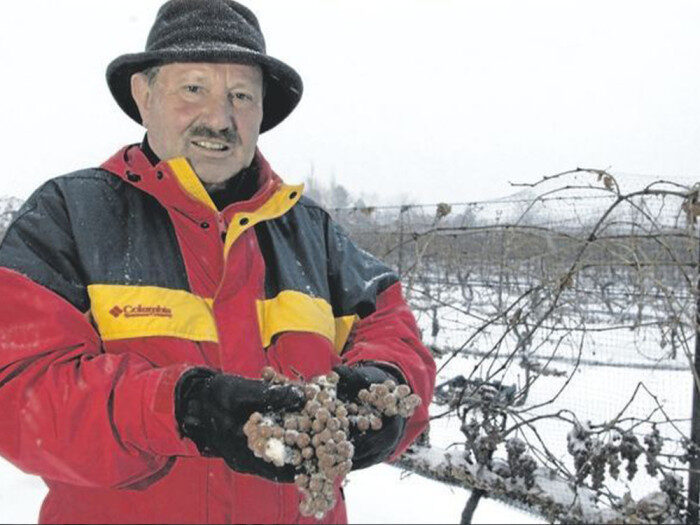
Roots of Winemaking in Niagara: Setting the Stage for a Festival
Before exploring the origins of the Niagara Wine Festival, it’s important to understand the background of winemaking in the region. The Niagara Peninsula, where St. Catharines is located, boasts a unique microclimate and fertile soil ideal for growing grapes. In the late 19th century, immigrants from Europe began planting vineyards, laying the foundation for a vibrant wine industry. Over the next century, these vineyards flourished, and by the 1950s, Niagara had developed a reputation for producing exceptional table wines and icewines. The burgeoning wine industry sparked a need for an event to celebrate this growing culture of winemaking.

Birth of the Niagara Wine Festival
The Niagara Wine Festival was officially founded in 1952 in St. Catharines, at a time when local winemakers were eager to showcase their burgeoning production. Originally, the festival was a small, community-driven event aimed at bringing together local residents and vineyard owners. The festival focused on celebrating the harvest season and the region’s emerging identity as Canada’s leading wine-producing area. Little did the founders know that this modest gathering would eventually grow into a national and international phenomenon.
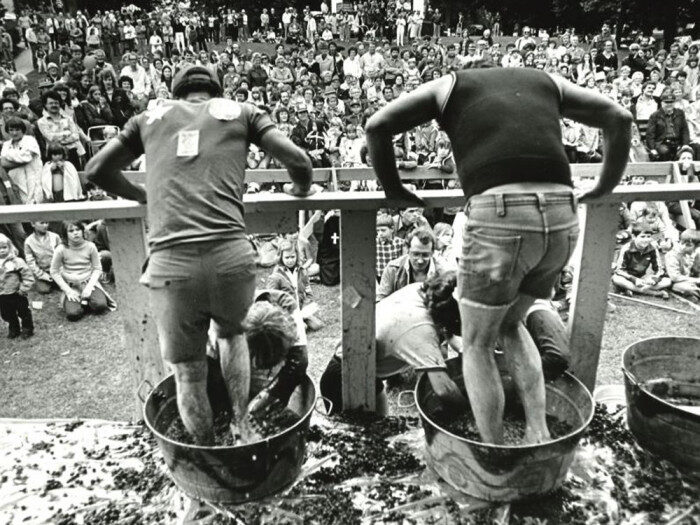
Growing Popularity and Regional Pride
As the years passed, the festival gained traction, with more wineries participating and more events being added to the lineup. By the 1960s, the Niagara Wine Festival had become a well-known event in Southern Ontario, drawing wine enthusiasts and tourists to St. Catharines. The festival showcased not only the wines of the region but also its culture, traditions, and hospitality. Parades, grape stomping competitions, and tastings became regular features, making the event more than just a celebration of wine, but a cultural experience as well.
Throughout the 1970s and 1980s, the festival expanded, reflecting the growth of the local wine industry. The establishment of the Vintners Quality Alliance (VQA) in 1988 helped elevate the reputation of Canadian wines, particularly those from Niagara, and this was mirrored in the festival’s rising status. Each year, new attractions were added, such as musical performances, culinary showcases, and vineyard tours, all of which helped solidify the festival as a must-attend event for wine lovers.
The Role of the Festival in Promoting Niagara Wines
The Niagara Wine Festival has played a pivotal role in promoting the wines of the Niagara region on the world stage. With hundreds of local wineries producing internationally acclaimed wines, the festival has become an important platform for showcasing new varieties, trends, and winemaking techniques. From crisp Rieslings to world-class Icewines, the festival highlights the best of what Niagara has to offer, ensuring that local wines receive the recognition they deserve.
The success of the festival has also encouraged innovation in the local wine industry. Winemakers have taken advantage of the festival’s visibility to introduce new blends and styles, often inspired by feedback from festival-goers. This has led to a dynamic wine industry in Niagara, where tradition and experimentation go hand-in-hand.
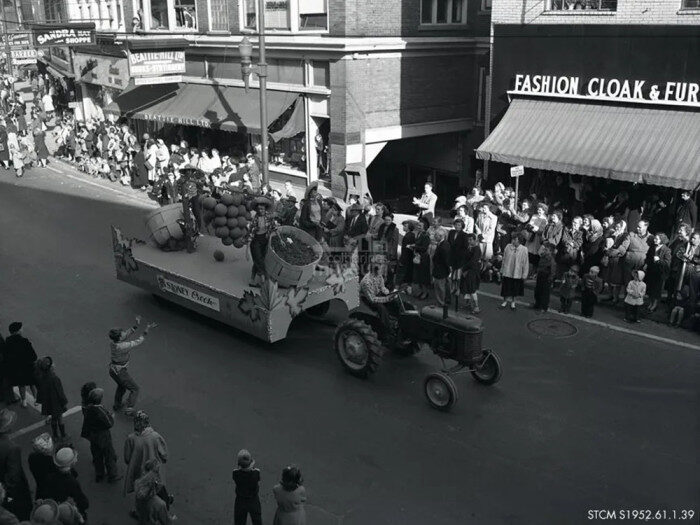
Signature Events of the Niagara Wine Festival
One of the most anticipated aspects of the Niagara Wine Festival is its signature events, many of which have been part of the celebration since its early days. The Grande Parade is a central feature, bringing together floats, musicians, and performers from across the region in a dazzling display of local pride. This vibrant procession winds through the streets of St. Catharines, captivating audiences with its pageantry and celebration of the harvest season.
Another popular event is the wine tasting sessions held at Montebello Park, the festival’s primary venue. Here, guests can sample a wide variety of wines from local producers, often paired with gourmet foods crafted by renowned chefs. These tastings offer attendees the chance to discover new wines, meet winemakers, and deepen their appreciation of Niagara’s unique terroir.
Grape stomping contests, another staple of the festival, evoke the old-world traditions of winemaking. Participants eagerly jump into vats filled with grapes, stomping them to extract the juice in a playful and lively competition. These contests, along with other interactive events, provide festival-goers with a hands-on experience of winemaking.
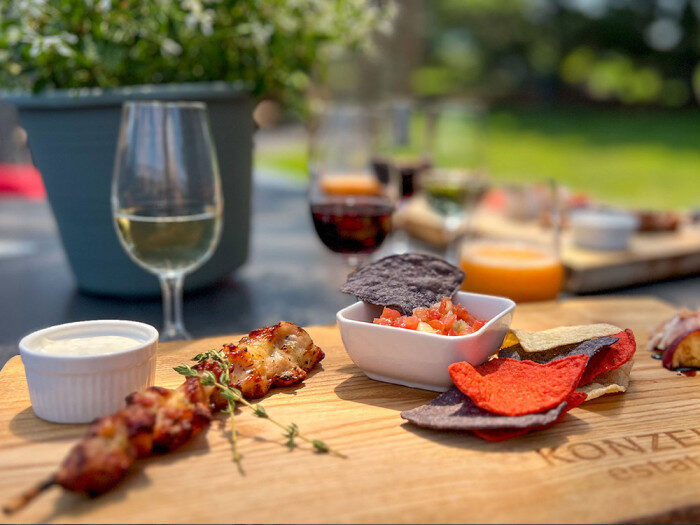
Niagara Grape & Wine Festival’s Evolution and Adaptation
In recent years, the Niagara Wine Festival has continued to evolve, adapting to the changing tastes and preferences of its audience. The rise of craft beverages, including ciders and local beers, has led the festival to incorporate these offerings into its lineup, while still keeping wine as the focal point. Sustainability has also become a major focus for local winemakers, and the festival now highlights organic and biodynamic wines, reflecting the growing trend toward environmentally friendly production methods.
Furthermore, as the world became more digitally connected, the festival embraced online components, particularly during the COVID-19 pandemic. Virtual wine tastings, cooking classes, and livestreamed concerts allowed the event to continue even when in-person gatherings were restricted, proving that the Niagara Wine Festival is resilient and adaptable.
Impact on Local Tourism and Economy
The Niagara Wine Festival is not only a cultural highlight but also a significant economic driver for St. Catharines and the surrounding region. Each year, thousands of tourists flock to the area, filling hotels, restaurants, and shops. The economic boost generated by the festival extends beyond the wine industry, benefiting local businesses, artisans, and service providers. Moreover, the festival has contributed to the development of wine tourism in Niagara, with many visitors choosing to return to explore the region’s wineries throughout the year.
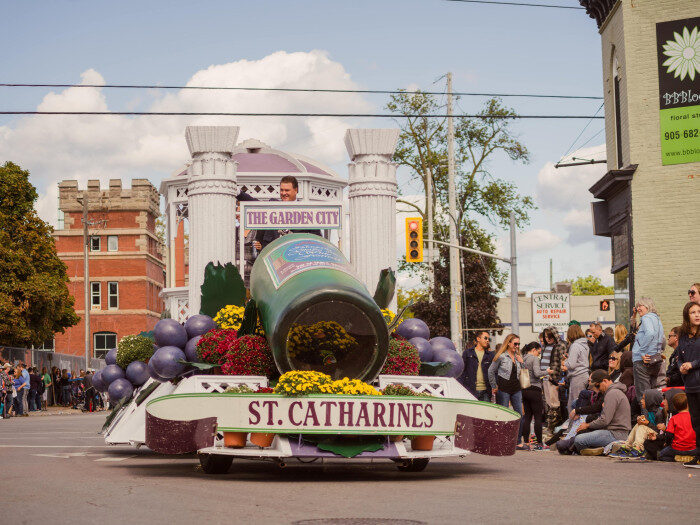
The Future of the Niagara Wine Festival
As the festival celebrates over 70 years of success, its future looks bright. Organizers are committed to keeping the event fresh and exciting, continually introducing new features and attractions while maintaining its core focus on local wine and culture. With sustainability, innovation, and tradition at the forefront, the Niagara Wine Festival is poised to remain a beloved event in St. Catharines for generations to come.
As Niagara’s wine industry continues to grow and evolve, so too will the festival that celebrates it. From its humble beginnings in the 1950s to its current status as a major international event, the Niagara Wine Festival remains a testament to the region’s rich winemaking heritage and vibrant community spirit.
Niagara Wine Festival is happening soon and you don't want to miss it!
While you're here, did you know that Garden City Cannabis Co offers FREE DELIVERY in St. Catharines, including Niagara Wine Festival
Order Online and we'll take care of the rest!
St. Catharines | Welland (Niagara Street) | Fort Erie | Welland (East Main)
Join our mailing list to receive exclusive details on new arrivals, product recommendations, sales, discounts, events and more.
111 Fourth Avenue, Unit 9
St. Catharines, Ontario
(905) 397-4207
310 Garrison Rd
Fort Erie, Ontario
(905) 871-4420
623 Niagara Street
Welland, Ontario
(289) 820-8432
469 East Main St
Welland, Ontario
(289) 820-6370
